Children can become ill at the most unexpected times. Luckily most childhood illnesses and complaints are short lived and can be dealt with at home. There are a number of home remedies which have been passed through the family generations, or on parenting websites and from medical professionals which may be useful when your child is a little under the weather. None of these are intended to replace proper health care but to aid in the more minor problems that arise when parenting wee ones. Common sense must prevail and of course, you should always consult your doctor or chemist if you are concerned about a child’s ailments or if they are prolonged or severe. We have listed below, some tried and tested home remedies for dealing with minor complaints in children.
Diarrhoea and Tummy Upset: There really is only one Irish home remedy for children with a dodgy tummy or a dose of the dreaded ‘lurgy’. The ubiquitous flat white lemonade and plain biscuits! While this has a comedic value for anyone wanting to slag off traditional Irish parenting, there is, in fact a good scientific reason for administering flat fizzy drinks (technically un-fizzy drinks) and a rich tea biscuit (technically the ones left uneaten at the end of the Christmas tin). The reason is very simple; Rehydration. If a child will not drink the recommended rehydration products, such as Dyoralite or Tacesan, then flat seven up will impart the necessary sugar and salt to the system. A plain biscuit or a slice of toast is easy on the tummy for toddlers and children suffering from diarrhoea and or stomach upset. Never give fizzy drinks as this will make things worse.
Bananas are an effective and handy remedy for mild diarrhoea.
Constipation: Orange juice or some segments of mandarin or satsuma will assist in cases of constipation.
Colds and flu like symptoms: There is no substitute for TLC when a wee one is not feeling well. Tucking them up with soft blankets, warm drinks and lots of cuddles is the first step to recovery. Steaming or a home vaporiser can help with chestiness and shortness of breath. Honey and lemon drinks will help with sore throats (but honey is not recommended for children under 1 year). Add some garlic to sauces and dinners to aid recovery and resilience against germs.
Coughing: Turmeric is now considered to be a wonder spice and has amazing properties due to its antiseptic properties and is now used widely in combatting the symptoms of coughing. Mix ½ teaspoon with a little water and add to honey for a gentle cough mixture (not recommended for children under 3). While ginger is a time-honoured natural treatment for asthma. Its anti-inflammatory property helps reduce airway inflammation and inhibit airway contraction. Mix together equal amounts of ginger juice, pomegranate juice and honey. Give your child 1 tablespoon of this mixture 3 times a day. You can also like to give a coughing child ginger candies.
Bed wetting- Though technically not an ailment by any means, bed wetting can be very upsetting for child and adult alike. Cinnamon is reported to be of assistance in some cases and can be sprinkled over porridge or added to muffins before baking. The thinking is that the cinnamon spice keeps the body warm, which in turn helps to avoid nightly bed wetting.
Minor Bumps and Bruising: A tube of arnica gel is a godsend for the knocks and mishaps of normal childhood. Arnica comes from the cactus plant of the same name. No home should be without an arnica, as the leaves can be taken and squeezed directly on minor burns. Coconut Oil also has many antiseptic properties and is now recommended for use on minor scrapes and cuts. Simple spread a little on the minor injury and apply a Band-Aid or bandage accompanied by many little kisses and a lot of sympathy. Ensure the plaster or bandage is changed frequently.
Healthy happy children are the top of every parent’s wish list. Not all mishaps need a trip to the Accident and Emergency Department nor a long wait at the doctor’s surgery. Knowing when to treat at home and when to seek professional help is the key.
A leading homeopath and paediatrician Dr James Oskin is quoted in parenting.com
‘Minor bumps and bruises can safely be treated at home without a doctor’s help with over the counter, Arnica. Self-limiting coughs and colds can be treated with over-the-counter products. Self-limiting allergic rhinitis (hay fever) can be treated at home with over-the-counter homeopathic products. Basic earaches can also be treated with over-the-counter products since most ear infections are viral, self-limiting and will resolve on their own within 48-72 hours. If symptoms persist, parents they should seek medical attention if their child is not improving or getting worse within 1-2 days.”
Thankfully, tender loving care is the best and most readily available home remedy of all.
 Shopping Cart
Shopping Cart





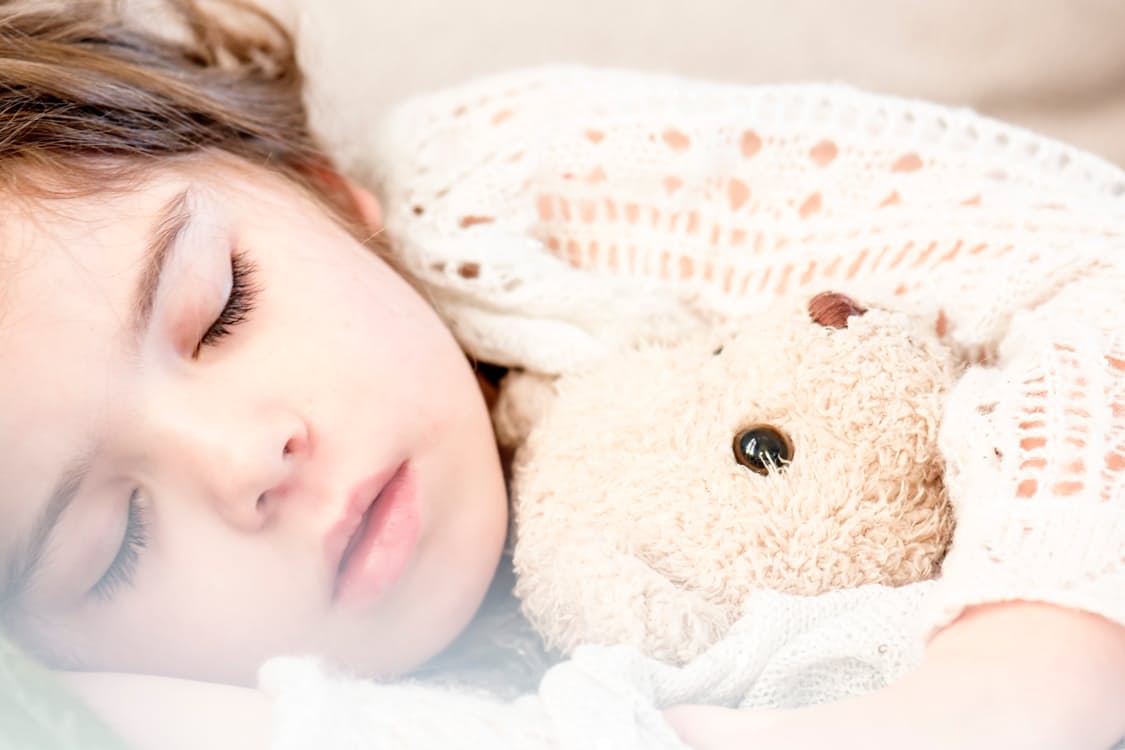
 (if it really bothers you). Households with pets have a huge advantage here as family dogs are quick to learn that a high chair is a source of much discarded food. A living vacuum cleaner cannot be underestimated in the war against baby slops. Choose the foods which you wish to introduce to baby carefully. Shop wisely and research online to see which foods have
(if it really bothers you). Households with pets have a huge advantage here as family dogs are quick to learn that a high chair is a source of much discarded food. A living vacuum cleaner cannot be underestimated in the war against baby slops. Choose the foods which you wish to introduce to baby carefully. Shop wisely and research online to see which foods have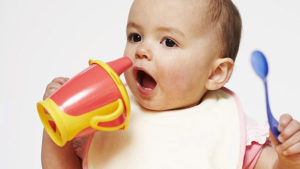 tasty starter foods are peas, rice, avocados, bananas, scrambled egg yolk and sweet potato. It’s a good idea to sit and eat together. Of course, baby will want to eat whatever you have on your plate, so it’s a good idea to have something suitable, i.e. not too spicy, to share. Get used to that! For so it will be for the coming twenty, thirty years. Nothing will ever be exclusively yours again. It’s your Pasta today and your Toyota tomorrow. Sharing is caring!
tasty starter foods are peas, rice, avocados, bananas, scrambled egg yolk and sweet potato. It’s a good idea to sit and eat together. Of course, baby will want to eat whatever you have on your plate, so it’s a good idea to have something suitable, i.e. not too spicy, to share. Get used to that! For so it will be for the coming twenty, thirty years. Nothing will ever be exclusively yours again. It’s your Pasta today and your Toyota tomorrow. Sharing is caring! eating enough. You are likely still breast or bottle feeding also, so there is no need to panic. If in doubt contact your health advisor.
eating enough. You are likely still breast or bottle feeding also, so there is no need to panic. If in doubt contact your health advisor.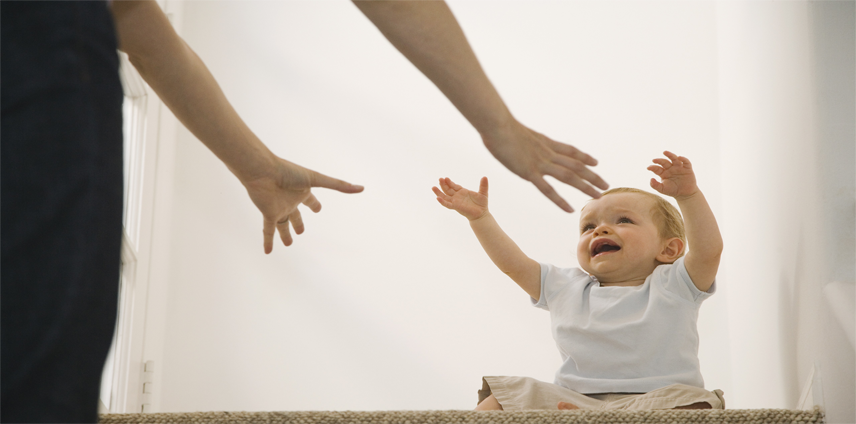

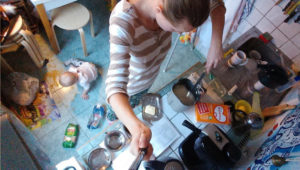 be unwittingly imparting to your child as you constantly photograph and upload their image for public viewing, counting the ‘likes’ and replying to comments. She notes that ” Four-year-olds have become so self-aware that they make duck faces along with their older cousins to ‘stay with the trend’ and conform to what is prevalent in society.” We could be giving a completely confused message to our offspring which may result in them becoming addicted to this behaviour she notes “ This kind of vanity and narcissism borders on something called the Narcissistic Personality Disorder. It is a mental disorder in which people have “an inflated sense of their own importance, a deep need for admiration and a lack of empathy for others”.
be unwittingly imparting to your child as you constantly photograph and upload their image for public viewing, counting the ‘likes’ and replying to comments. She notes that ” Four-year-olds have become so self-aware that they make duck faces along with their older cousins to ‘stay with the trend’ and conform to what is prevalent in society.” We could be giving a completely confused message to our offspring which may result in them becoming addicted to this behaviour she notes “ This kind of vanity and narcissism borders on something called the Narcissistic Personality Disorder. It is a mental disorder in which people have “an inflated sense of their own importance, a deep need for admiration and a lack of empathy for others”. 
 Many of those ‘fail’ and ‘try not to laugh’ uploads to YouTube which feature toddlers and babies falling over in 4 ft. of snow or being licked by a giant Rottweiler are a dubious form of
Many of those ‘fail’ and ‘try not to laugh’ uploads to YouTube which feature toddlers and babies falling over in 4 ft. of snow or being licked by a giant Rottweiler are a dubious form of

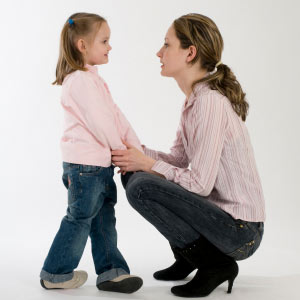

 and or my offspring. Breast or bottle, sugar or no sugar, organic or non-organic. It’s a private matter and unless I bring the subject up, it’s hidden, like the stash of Smarties you keep on the high shelf of your kitchen cupboard.
and or my offspring. Breast or bottle, sugar or no sugar, organic or non-organic. It’s a private matter and unless I bring the subject up, it’s hidden, like the stash of Smarties you keep on the high shelf of your kitchen cupboard.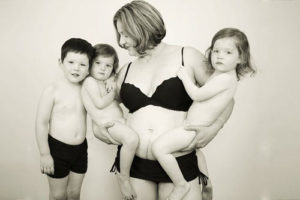 and No, I do not need you commenting. Neither should you congratulate other new mothers on their flat tummies and relaxed appearance within earshot. Compliment my hair, the glow of love in my eyes (although that might be severe exhaustion) and leave the ‘losing the baby weight’ conversations where I leave the penis size ones. Let’s just not go there.
and No, I do not need you commenting. Neither should you congratulate other new mothers on their flat tummies and relaxed appearance within earshot. Compliment my hair, the glow of love in my eyes (although that might be severe exhaustion) and leave the ‘losing the baby weight’ conversations where I leave the penis size ones. Let’s just not go there.